Green heating, cooling and refrigeration: challenges and opportunities for Italy
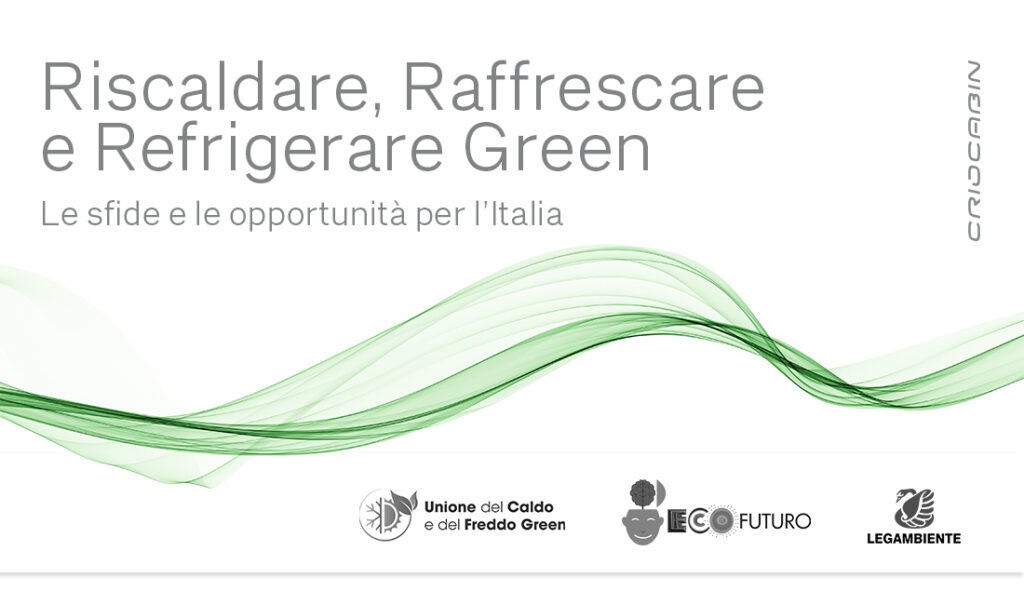
Quali sono le prospettive future per l’Italia nel settore della refrigerazione e del riscaldamento? Ne abbiamo discusso con i rappresentanti di varie aziende che operano in questi settori all’evento “Riscaldare, Raffrescare e Refrigerare Green: le sfide e le opportunità per l’Italia”, che si è tenuto lunedì 10 luglio presso Fondazione Fenice a Padova. Da parte […]
iMeat 2023 – a three-day event packed with interaction and satisfaction

iMEAT è giunta quest’anno alla sua ottava edizione, confermandosi l’evento numero uno in Italia nel B2B per la Macelleria, aprendosi anche al panorama internazionale. In questa tre giorni il nostro stand è stato un luogo di continuo dialogo con tantissimi visitatori, tra volti nuovi che hanno mostrato interesse e curiosità verso la nostra realtà e […]
Euroshop 2023 – How was the future?

Presentare MAX a Euroshop 2023 è stata una sfida, ma avete risposto con grande entusiasmo al nostro impegno, al lavoro di oltre due anni di R&D e all’innovazione che MAX rappresenta nel mondo della refrigerazione. Riviviamo insieme i migliori momenti di queste intense giornate con le immagini di MAX, del nostro team e di voi, […]
Criocabin presenting MAX in Düsseldorf: the future of refrigeration

Criocabin è un’icona del Made in Italy nel settore dei banchi refrigerati. In occasione di Euroshop 2023 porta la refrigerazione per il Food & Retail a una nuova dimensione. Lancia la Family Line MAX, rivoluzionando la struttura stessa del banco a servizio assistito, rispetto a come concepito finora. Versatilità ed Ergonomia sono le parole chiave: […]
No Fake News in the Refrigeration industry
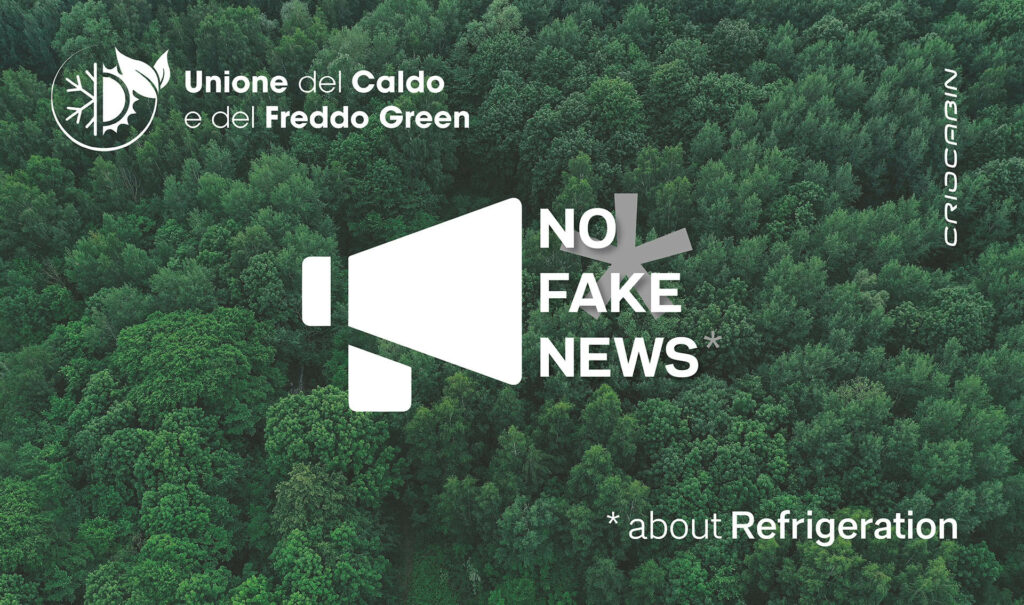
Come membri dell’Unione del Caldo e del Freddo Green abbiamo firmato il documento No fake News, che smentisce e corregge le affermazioni errate riguardo i refrigeranti e chiarisce gli aspetti più rilevanti e salienti del mondo della refrigerazione: sostenibilità, impatto climatico nullo, efficienza, versatilità di utilizzo, disponibilità nei quantitativi richiesti, stabilità nei confronti di ogni eventuale […]
iMeat 2023
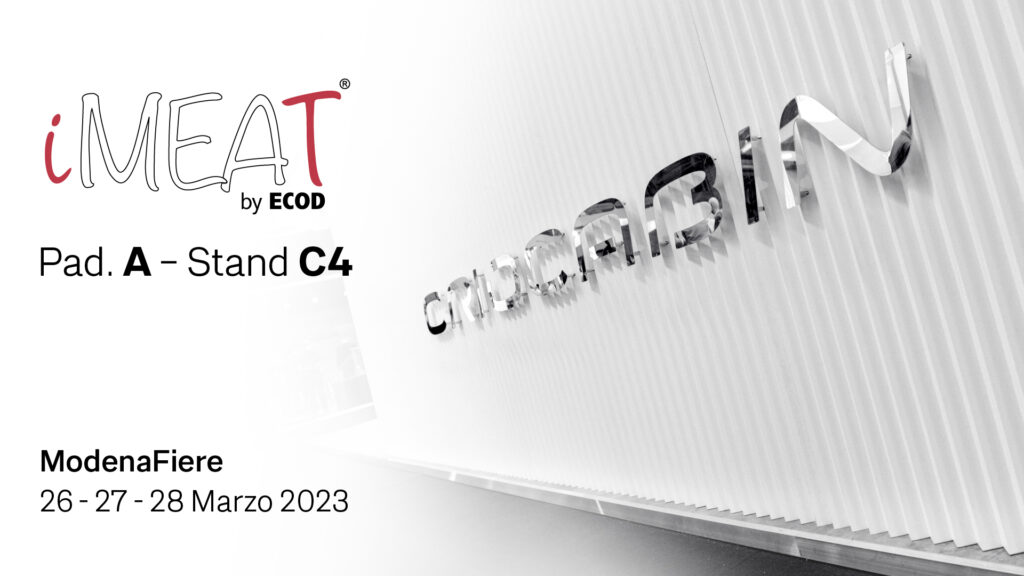
Saremo ad iMEAT 2023, evento numero uno in Italia nel B2B per la Macelleria e che in questa ottava edizione diventa di respiro internazionale. Il futuro di questo settore passa da qui e dalle tecnologie di refrigerazione più innovative. Ti aspettiamo presso Pad. A – Stand C4 26-27-28 Marzo 2023 | ModenaFiere
Countdown to Euroshop 2023
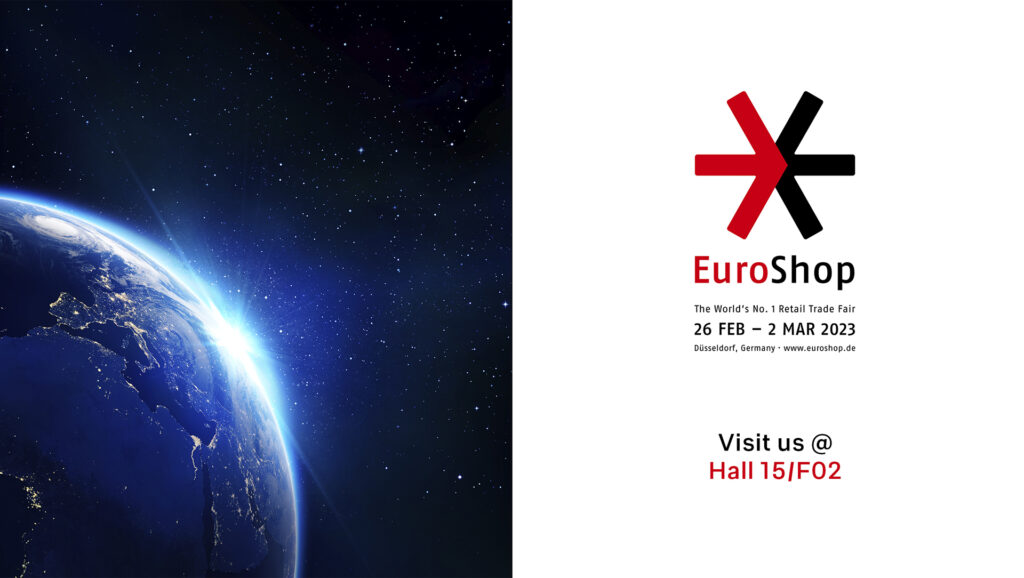
Sta per arrivare l’appuntamento fieristico più atteso dell’anno e leader nel mondo per il settore Retail. Noi ci saremo! Prendete nota delle coordinate del nostro stand, perché quello che troverete qui sarà qualcosa di mai visto prima. Hall 15/F02 Messe Düsseldorf – Am Staad, 40474 Düsseldorf, Germany 26 Febbraio – 2 Marzo 2023 Il nostro […]
Criocare Academy: see you in 2023

Il 2022 è stato un anno importante sul fronte del Customer Care. Abbiamo ampliato il nostro servizio di assistenza creando Criocare, una business unit che offre molto più dell’assistenza post-vendita. Abbiamo sviluppato un progetto di formazione on-demand in cui forniamo ai nostri interlocutori informazioni teoriche e dimostrazioni pratiche di come installare correttamente i nostri prodotti, […]
With UCFG to put sustainability at the heart of the commercial Refrigeration sector in Italy and in Europe
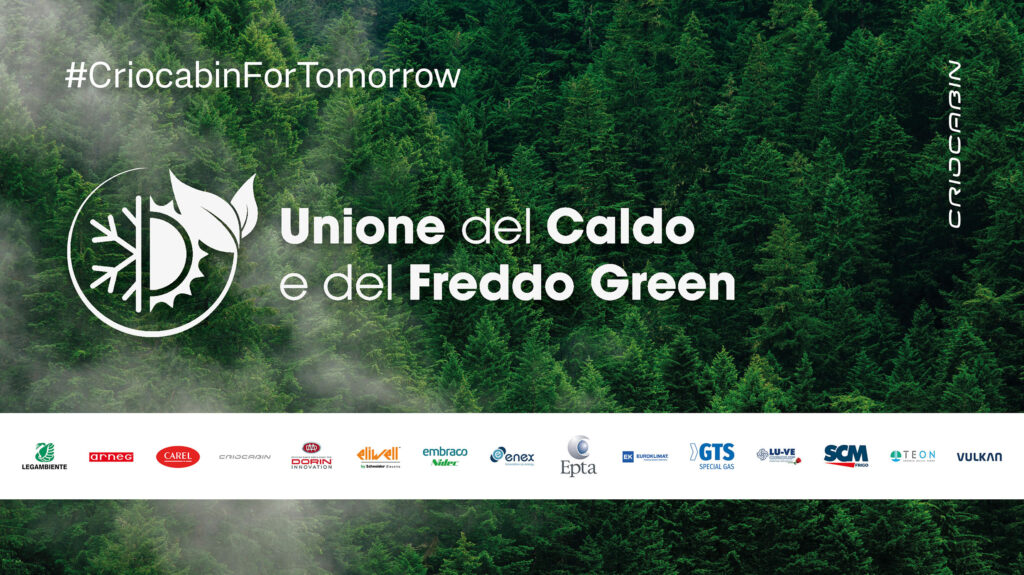
Criocabin fa parte dell’Unione del Caldo e del Freddo Green, un gruppo di lavoro coordinato da Legambiente, e rappresentato da aziende italiane leader nei settori della refrigerazione, del condizionamento e riscaldamento. Innovazione, Ambizione e Precauzione sono le parole d’ordine che guidano questo tavolo di lavoro nazionale che mira a mettere la sostenibilità al centro in […]
Criocabin is an ANIMA – Assocold associate, and as such we helped to draft the new international F-gas Regulation

Uno degli aspetti più importanti di un buon funzionamento di un banco frigorifero è la scelta di un opportuno fluido refrigerante non inquinante. Al fine di ridurre il buco dell’ozono, il protocollo di Montreal ha bandito i fluidi refrigeranti FREON nel 1990 introducendo l’utilizzo dei gas HFC o HFE. Criocabin produce banchi frigoriferi sempre con […]
